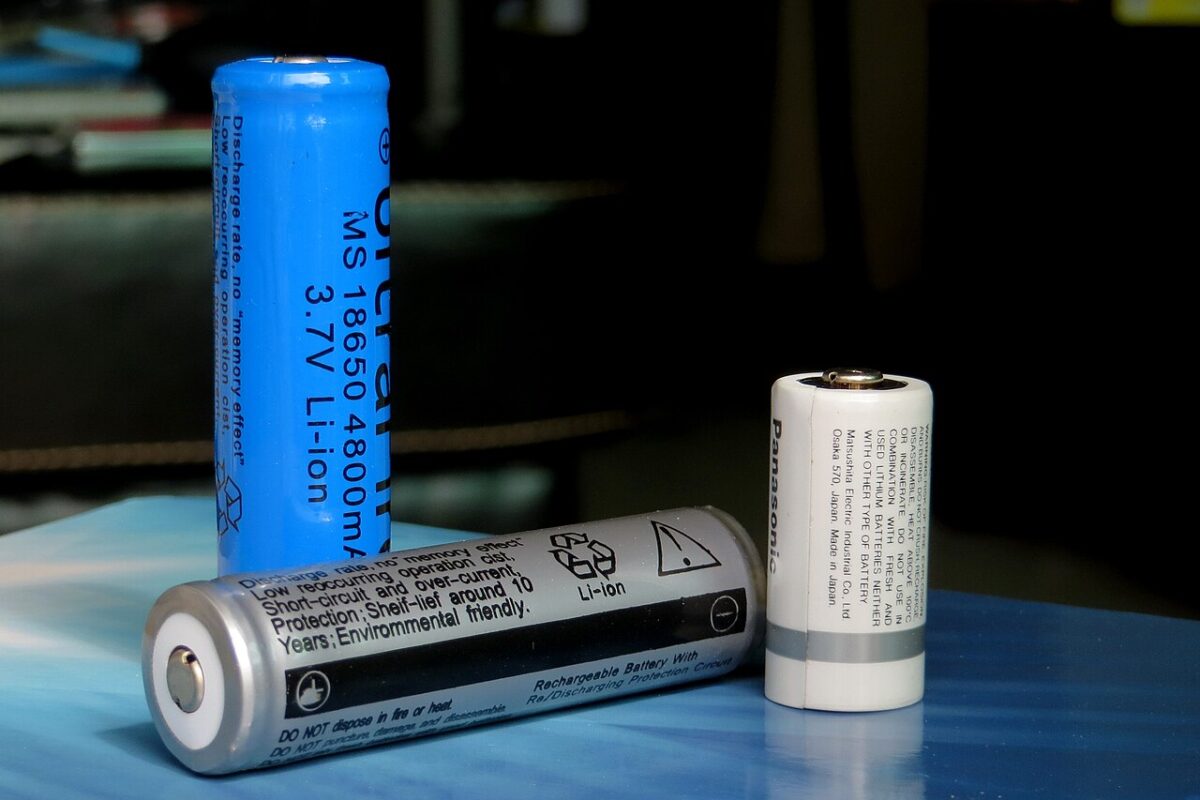From pv magazine USA
Sunrun recently completed its first successful season running a residential virtual power plant (VPP) in a wholesale capacity market.
In 2019, it won a bid into the independent system operator – New England (ISO-NE), the region’s grid operator and one of the largest wholesale electricity markets in the United State – to participate in a VPP with its home solar and battery storage systems connected to the grid. Sunrun won against centralized fossil-fuel power plants, which signified a shift to local, clean energy.
In a recent article, “Achieving a zero-carbon grid: Opportunities in virtual power plants,” Jigar Shah explained that a VPP is really an aggregation of distributed energy resource (DER) technologies. Solar homes with batteries can be connected to the grid, but can also support electric vehicle charging and grid-interactive appliances. What ISO-NE and other grid operators do in a VPP is to automatically adjust the DERs that are aggregated, so they provide clean energy, reliability, and grid services.
“VPPs not only open the grid to a whole new utility-scale, behind-the-meter supply, but also coordinate disparate DERs into holistic, demand-flexible resources,” Shah said.
The benefit to the operator is the ability to use that aggregated energy, meaning that they don’t have to invest in additional capacity and infrastructure to serve a peak load. And that peak load is going to increase as we move to all-electric. The benefit to the solar homeowner is that they can receive compensation for their service.
Sunrun reports that during the summer months of June through August, its New England VPP sent more than 1.8 GWh of energy back to the grid. Thousands of Sunrun home solar systems across New England exported excess clean solar energy during the peak demand window of 1p.m. to 5 p.m., effectively reducing overall energy demand and relieving stress on the region’s energy grid, while reducing reliance on fossil fuel plants. Additional benefits are a reduction in energy costs across the region, along with resilience at a time when some grid operators have to issue energy conservation warnings.
“It is tremendous that we are able to work with ISO-NE to integrate local home solar and battery systems into the wholesale markets, and we thank them for their leadership,” said Mary Powell, CEO of Sunrun. “This is a wonderful example of radical collaboration and demonstrates the importance of every market operator leveraging local clean energy resources to solve capacity constraints and grid reliability. As more severe and frequent heat waves, arctic freezes and other climatic events continue to stress our nation’s grid, we strongly encourage grid operators, utilities and policy makers alike to leverage these amazing solar energy resources.”
In a report in August, ISO-NE detailed how home solar helped keep wholesale system demand below the average forecast throughout the July heat wave, despite the region’s heat index hitting 100 degrees or more. Now ISO-NE’s customers head into the winter months and heating season—a time when VPPs can demonstrate that local solar and batteries can deliver value to wholesale markets across the country and reduce grid costs for all.
This content is protected by copyright and may not be reused. If you want to cooperate with us and would like to reuse some of our content, please contact: editors@pv-magazine.com.




1 comment
By submitting this form you agree to pv magazine using your data for the purposes of publishing your comment.
Your personal data will only be disclosed or otherwise transmitted to third parties for the purposes of spam filtering or if this is necessary for technical maintenance of the website. Any other transfer to third parties will not take place unless this is justified on the basis of applicable data protection regulations or if pv magazine is legally obliged to do so.
You may revoke this consent at any time with effect for the future, in which case your personal data will be deleted immediately. Otherwise, your data will be deleted if pv magazine has processed your request or the purpose of data storage is fulfilled.
Further information on data privacy can be found in our Data Protection Policy.